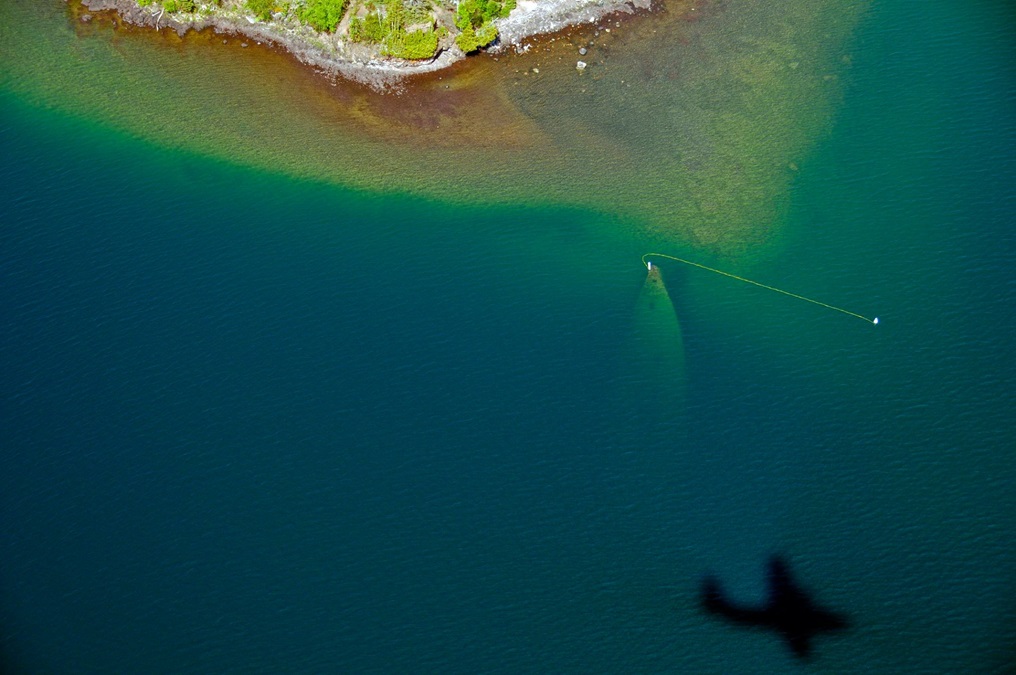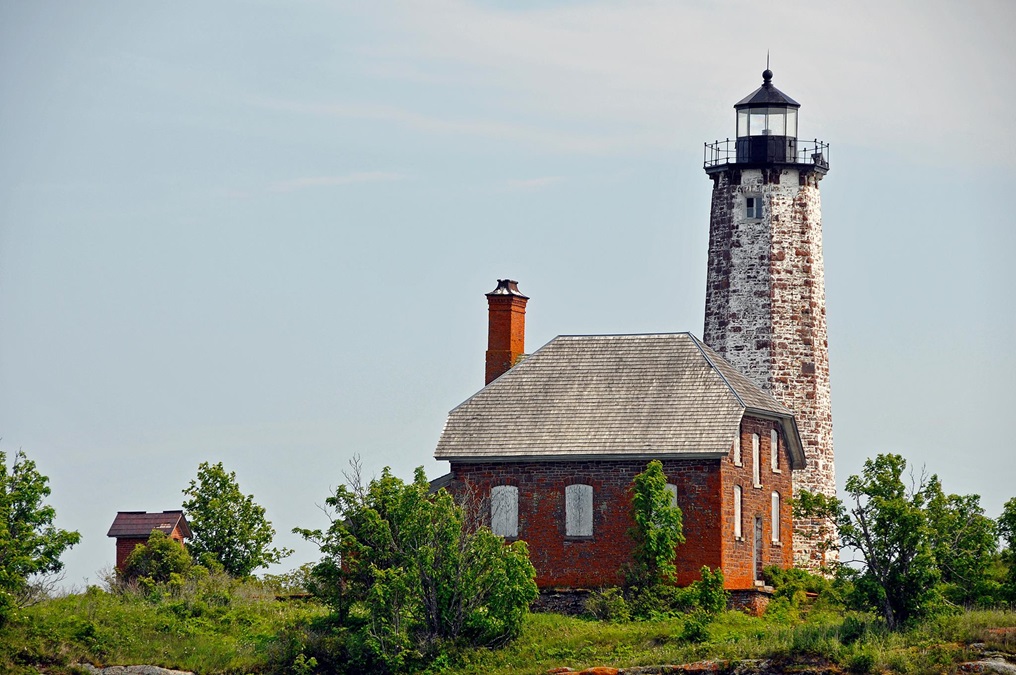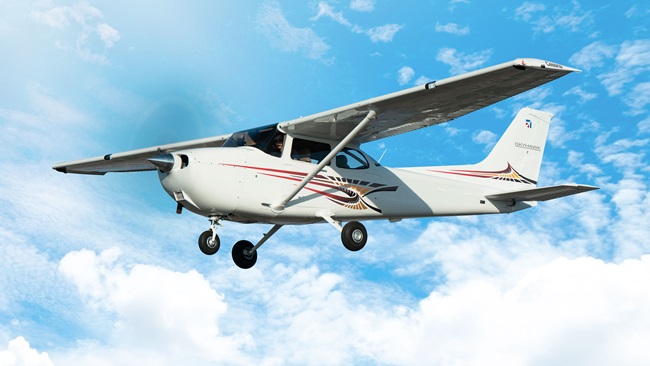Explore a remote wonderland by seaplane or ferry
Isle Royale National Park, Michigan
Hop aboard a ferryboat or seaplane—maybe your seaplane—to the least-visited national park in the United States. Visit for the day or spend a week kayaking, hiking, and camping in this remote, forested wonderland of moose, mink, and martens.
Isle Royale is the least-visited national park in the lower 48 states, averaging around 17,000 visitors per year. It’s also a designated wilderness, so there are no motor vehicles. It therefore offers deep solitude for backpackers, kayakers and canoeists, hikers, and scuba divers. Part of the reason for the low number of visitors is that the park is an island (with many tiny islets around it) in the northwest section of Lake Superior, near the Canadian border, so the only access is via boat or seaplane. Furthermore, the park is only open from April 16 to Oct. 31. The park is closed to all visitors Nov. 1 through April 15.
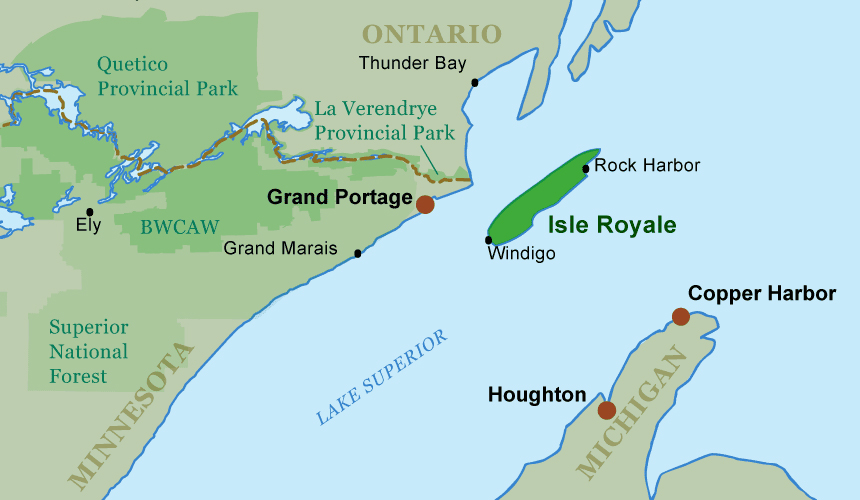
Rock Harbor offers a full-service lodge with 60 rooms and two restaurants. Each room provides a view of Lake Superior and a private bath, for up to four. Twenty duplex cottages each accommodate six with a private bath and kitchenette. A grocery store stocks camping food and supplies, fishing supplies, and sundries. Amenities are sparser at Windigo: a pair of camper cabins—each with electricity, a barbecue grill, and bunk beds (linens and cooking sets can be rented for a nominal fee)—and a general store. The island also has 36 campgrounds across its 40-mile length. Pets are not allowed in the park.
You can fly your own seaplane to the park (see below) or board a Cessna 206 or de Havilland Beaver with Isle Royale Seaplanes, which provides direct flights from either Grand Marais airport (not the seaplane base) or its private Hancock Portage Canal Seaplane Base. The Hancock location is seven miles southwest of Houghton Memorial, on the Keweenaw Waterway. The company now offers a one-bedroom cabin at its Hancock facility where you can spend the night before your departure to Isle Royale. Destinations include either Windigo or Rock Harbor. They also offer intra-island flights between Windigo and Rock Harbor. Flights are typically 30 to 45 minutes.
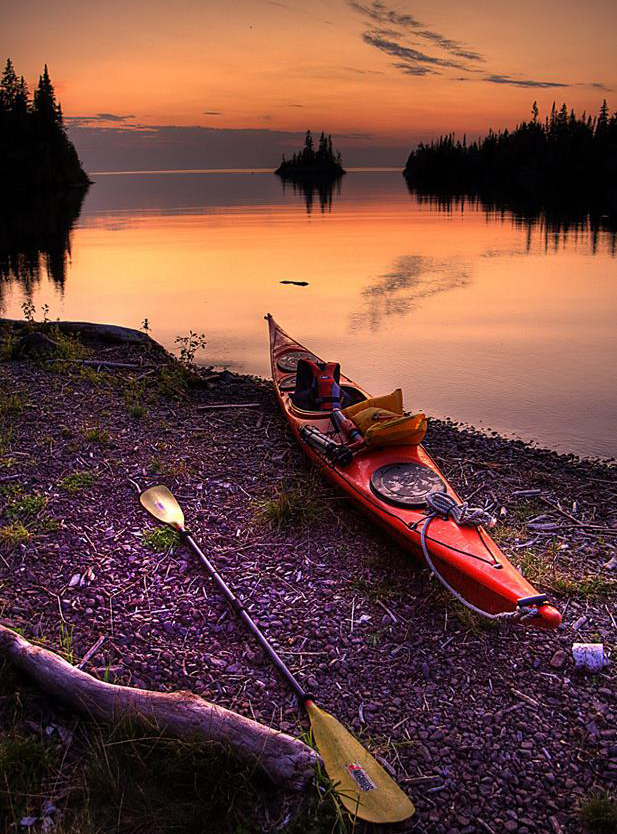
Seaplanes may land and dock at three sites in Isle Royale National Park. The locations are shown on the sectional with asterisks but are not named: They are at Windigo (at the southwest end), Tobin Harbor (near Rock Harbor at the northeast end), and Mott Island (3.5 nautical miles southwest of Rock Harbor). Although you may dock at Mott Island, it is a park service administrative base and has no visitor services. Remember that 99 percent of Isle Royale is federally designated wilderness. The park requests that pilots attempt to conduct flight operations over the lake rather than over the land, to minimize noise disruptions to wildlife and wilderness users.
Before departure, pull up Isle Royale on Google Earth to get a better look at the island. Call the park at 906-482-0984 to let them know you’re flying in. This way they can expect you and can let the commercial seaplane pilot know to keep an eye out for you, and you can clarify exactly where to tie up. The Windigo docks are at the far northeast end of Washington Harbor, with Beaver Island in the center. If winds are strong out of the south, you might want to come around to the north side of Beaver Island. Rock Harbor has a large marina that is designed for the ferries and other boating activity, not seaplanes. Tobin Harbor lies just north of Rock Harbor and is sheltered from waves, and that’s where you’ll land. It’s only about a 700-foot walk across the narrow spit of land from Tobin to Rock Harbor. After docking, check in with a ranger at the visitor’s center. Pay the low day-use fee and arrange for your free overnight permit, if you’re staying overnight. There are no fuel services.
What can you see in this beautiful and remote park? Check the photos; if you like what you see, make reservations soon!
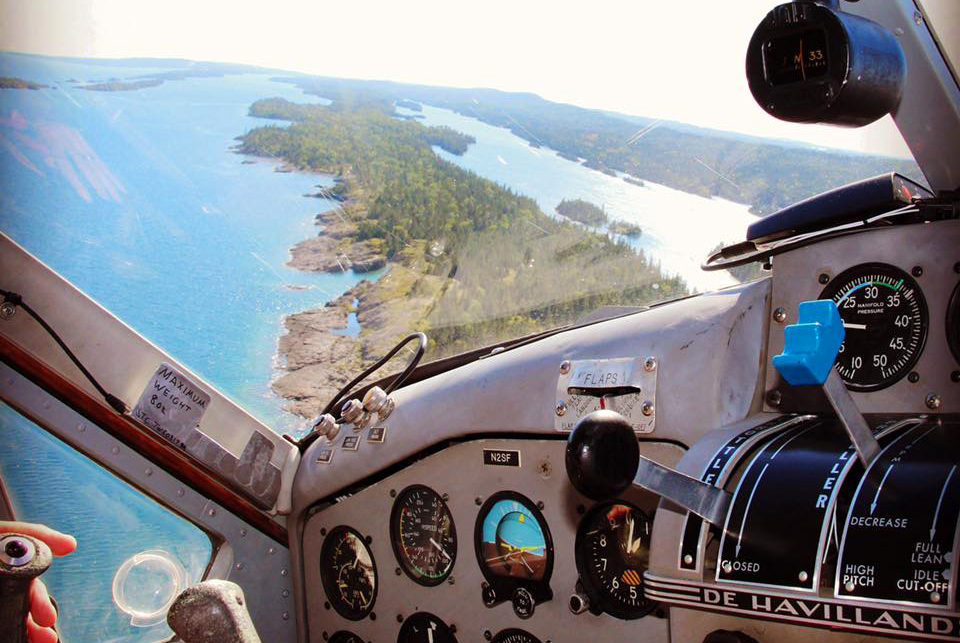
Share your favorite destination in the AOPA Hangar: Places to fly, things to do, where to eat!





